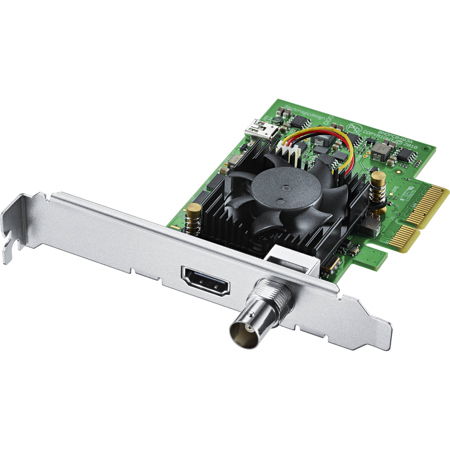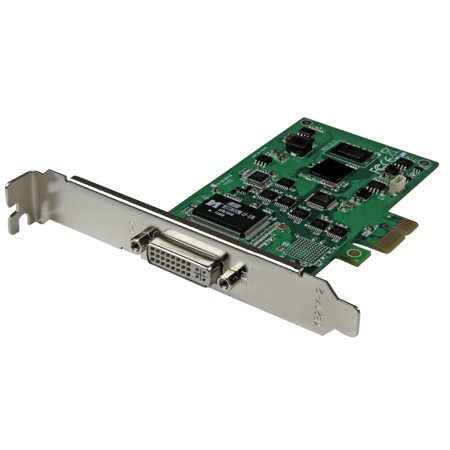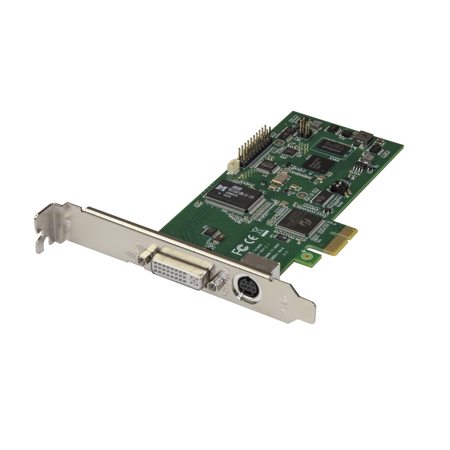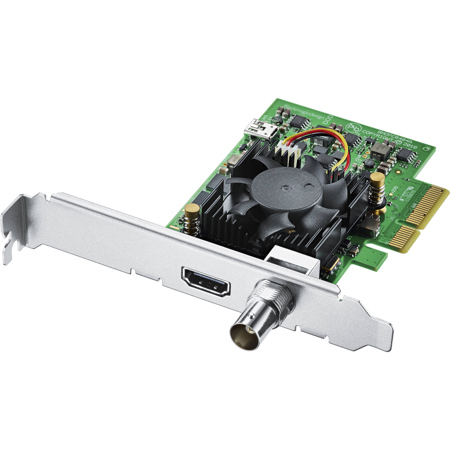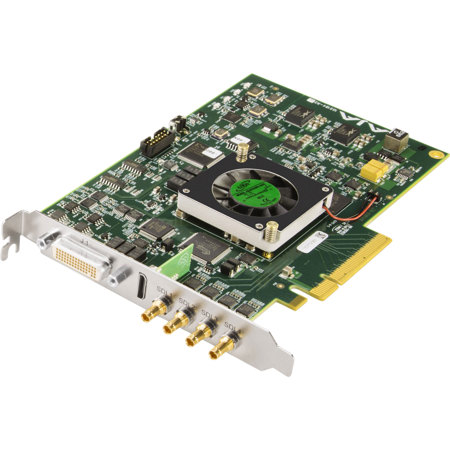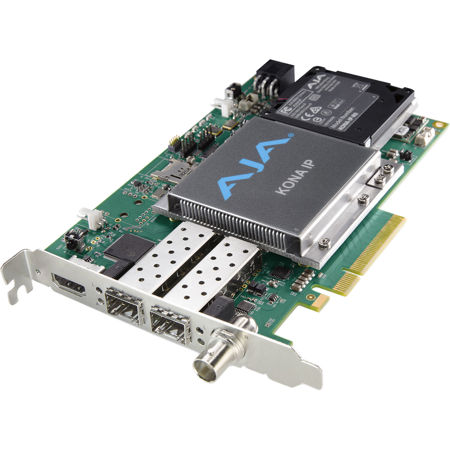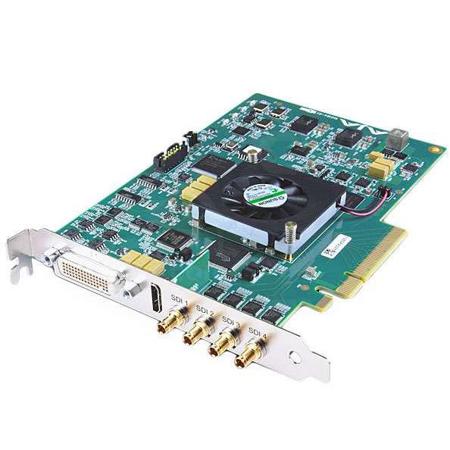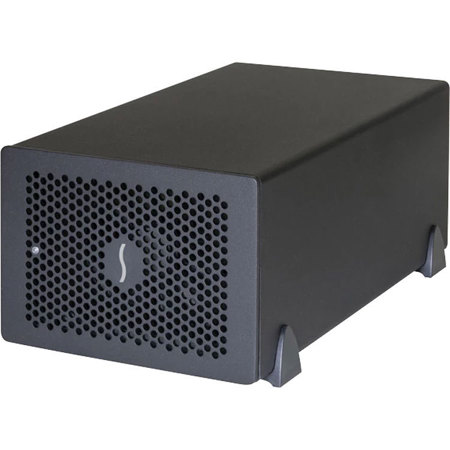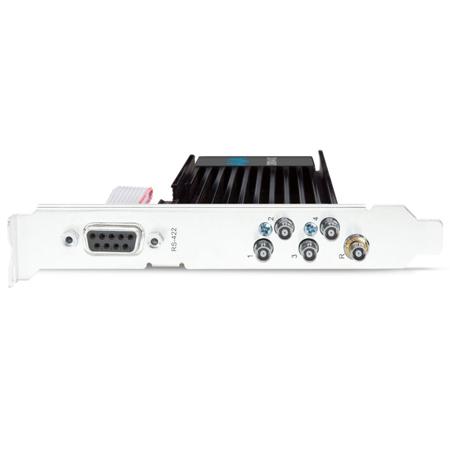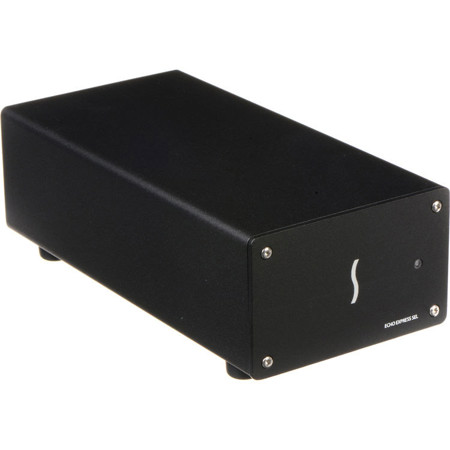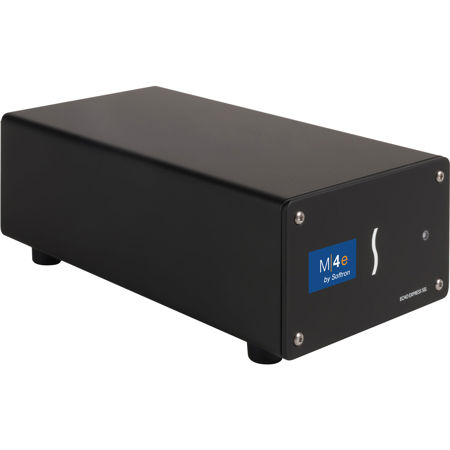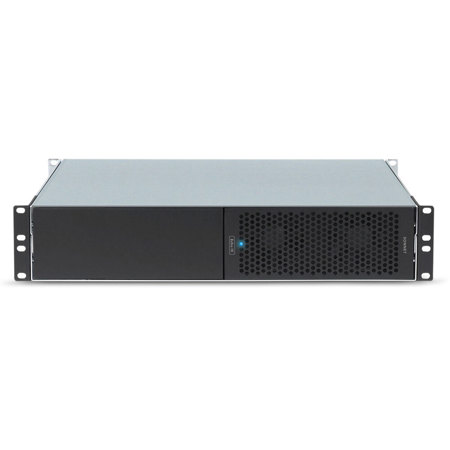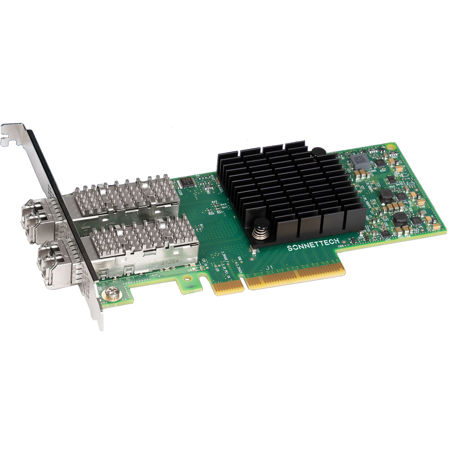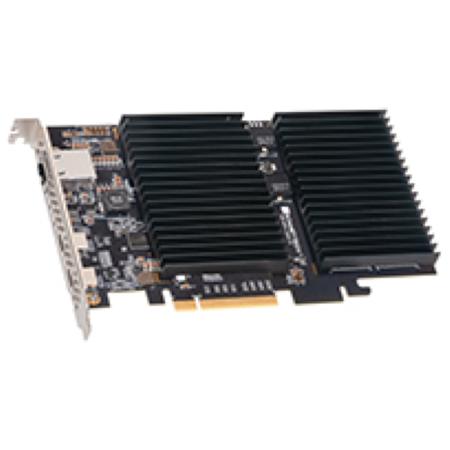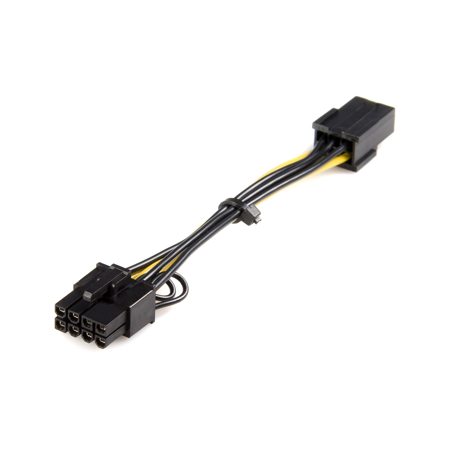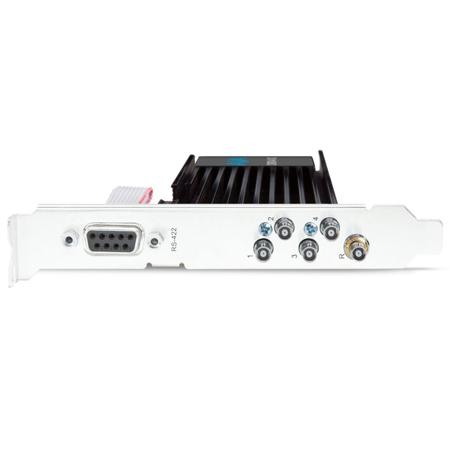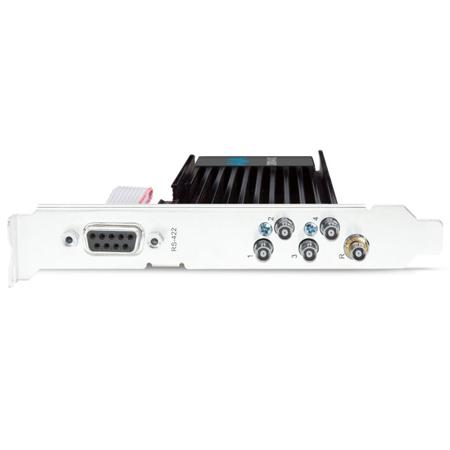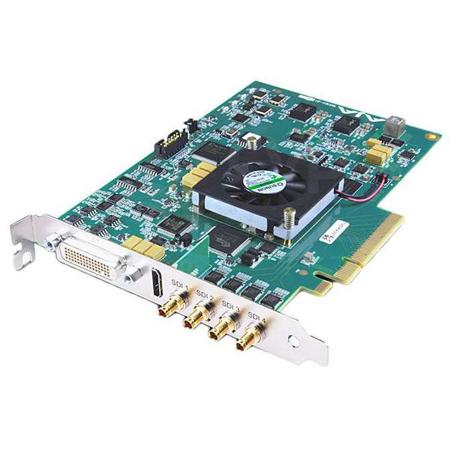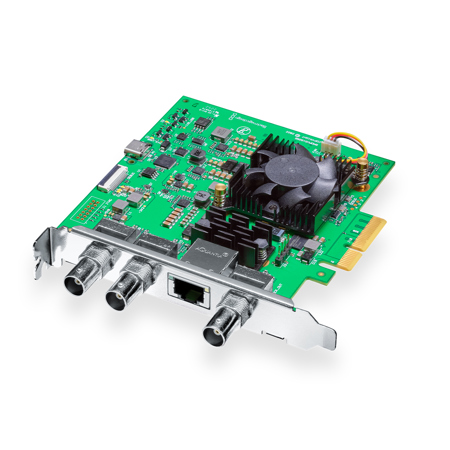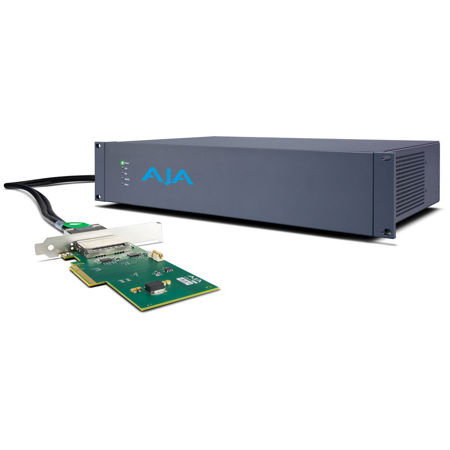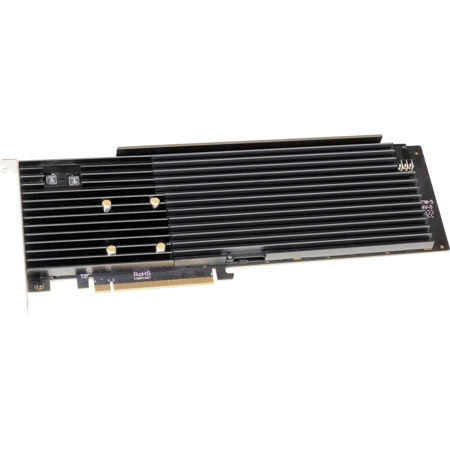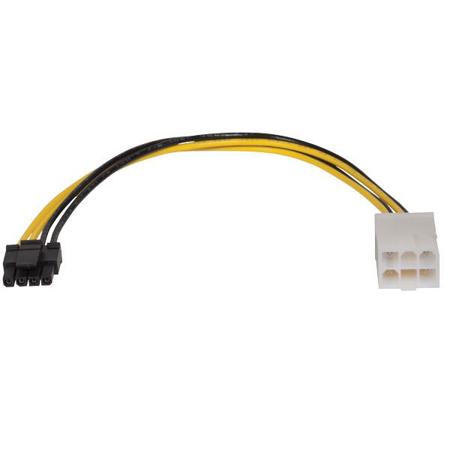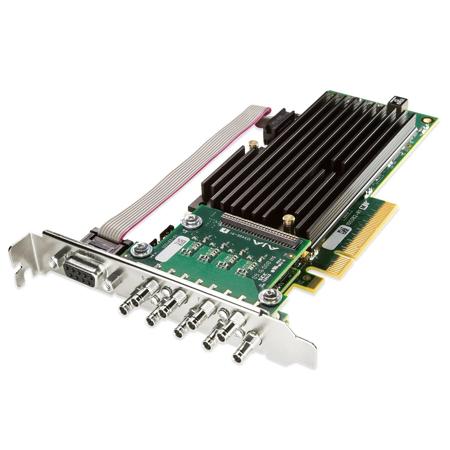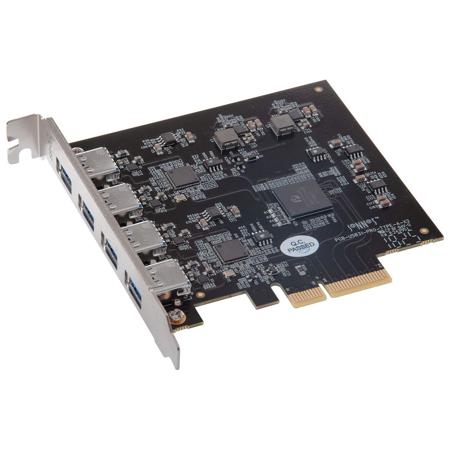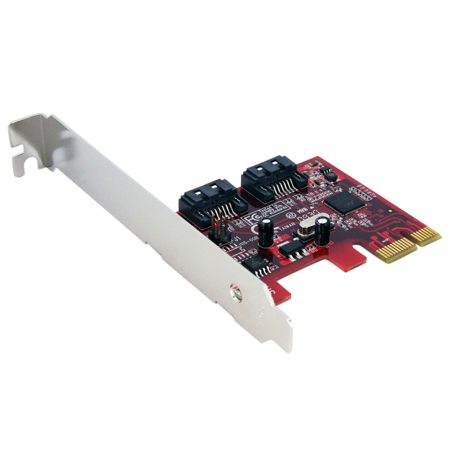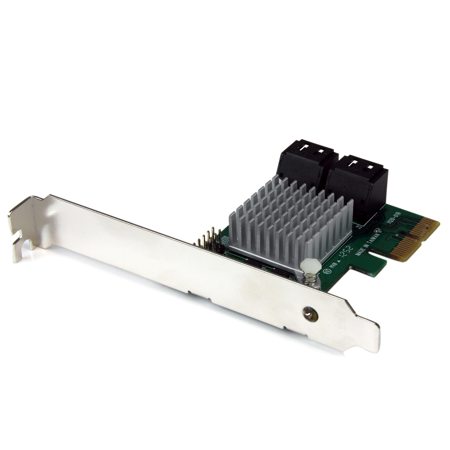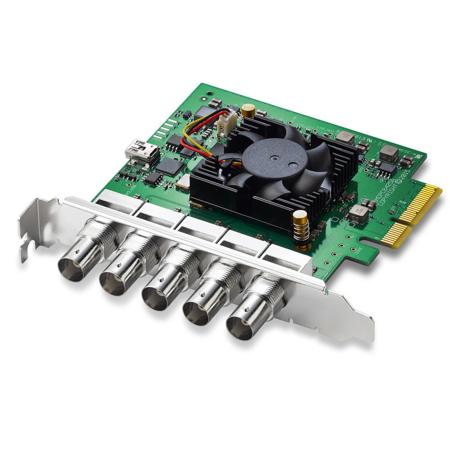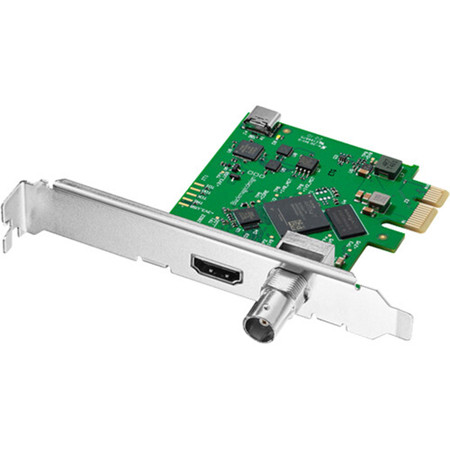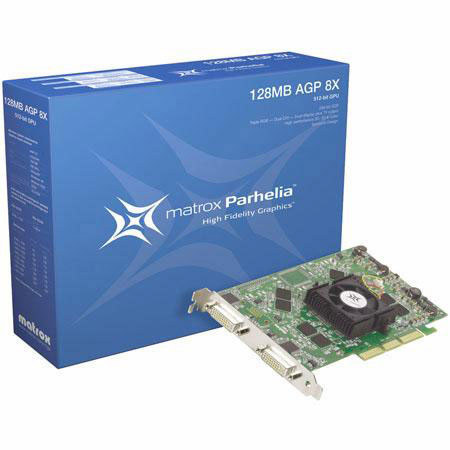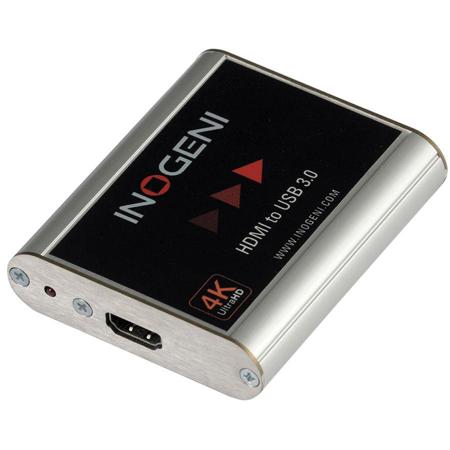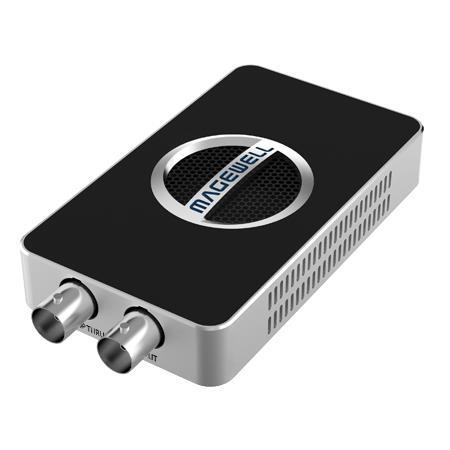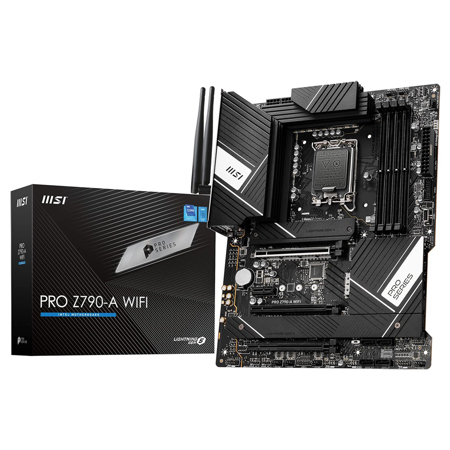PCIe Video Cards
PCIe video cards have become an essential component for anyone looking to enhance their computer’s visual performance, whether for gaming, professional creative work, or simply enjoying crisp, immersive media. As autumn arrives and the days grow shorter, many users find themselves spending more time indoors, making this the perfect season to upgrade or build a new PC setup. A PCI Express video card, often referred to as a PCIe video card, serves as the heart of your system’s graphical capabilities, transforming digital data into the stunning visuals displayed on your monitor. Unlike integrated graphics solutions, a dedicated PCIe video card provides the horsepower necessary for demanding applications, from rendering lifelike 3D environments in the latest games to accelerating video editing workflows and powering complex CAD designs. The beauty of these cards lies in their scalability and versatility—entry-level models are accessible for casual users or those looking to breathe new life into an older system, while high-end PCI e video cards deliver the raw power needed for 4K gaming, VR experiences, or multi-monitor trading desks.
Selecting the right PCIe video card involves a blend of technical knowledge and practical consideration. For creative professionals—photographers, videographers, animators, and graphic designers—a robust video PCI card can dramatically reduce rendering times and enable real-time previews, streamlining the creative process. Gamers, on the other hand, often prioritize frame rates, VRAM, and support for the latest graphical features to ensure smooth, immersive gameplay. As PCIe 4.0 and 5.0 standards become more prevalent, they offer increased bandwidth, allowing for faster data transfer and improved performance, especially when paired with modern CPUs and motherboards. Memory capacity (VRAM) is another crucial factor; higher resolutions and advanced effects demand more VRAM, especially for those working with 3D modeling or editing high-resolution video. Power requirements and cooling solutions should not be overlooked—high-performance PCI e video cards often require robust power supplies and efficient cooling to maintain optimal performance under load. For students heading back to school or hobbyists tinkering with DIY PC builds this fall, a new PCIe video card can be a thoughtful and practical gift, opening doors to new creative or gaming possibilities.
Beyond gaming and content creation, PCIe video cards are invaluable in professional environments, such as scientific computing, AI research, and financial analysis, where GPU acceleration can drastically improve productivity. Even for everyday users, upgrading to a modern PCI express video card can make a noticeable difference in web browsing, streaming, and multitasking. As technology evolves, so does the range of available options—from compact, low-profile cards for small form factor PCs to powerful multi-slot behemoths for workstation builds. When considering an upgrade, it’s also worth exploring legacy options and compatibility with older monitors, which can be found in related categories like VGA Video Cards. Whether you’re assembling a workstation for intricate 3D rendering, building a gaming rig to experience the latest titles at their best, or simply wanting smoother everyday computing, investing in the right PCIe video card is a decision that pays dividends in performance and enjoyment throughout the year.
Selecting the right PCIe video card involves a blend of technical knowledge and practical consideration. For creative professionals—photographers, videographers, animators, and graphic designers—a robust video PCI card can dramatically reduce rendering times and enable real-time previews, streamlining the creative process. Gamers, on the other hand, often prioritize frame rates, VRAM, and support for the latest graphical features to ensure smooth, immersive gameplay. As PCIe 4.0 and 5.0 standards become more prevalent, they offer increased bandwidth, allowing for faster data transfer and improved performance, especially when paired with modern CPUs and motherboards. Memory capacity (VRAM) is another crucial factor; higher resolutions and advanced effects demand more VRAM, especially for those working with 3D modeling or editing high-resolution video. Power requirements and cooling solutions should not be overlooked—high-performance PCI e video cards often require robust power supplies and efficient cooling to maintain optimal performance under load. For students heading back to school or hobbyists tinkering with DIY PC builds this fall, a new PCIe video card can be a thoughtful and practical gift, opening doors to new creative or gaming possibilities.
Beyond gaming and content creation, PCIe video cards are invaluable in professional environments, such as scientific computing, AI research, and financial analysis, where GPU acceleration can drastically improve productivity. Even for everyday users, upgrading to a modern PCI express video card can make a noticeable difference in web browsing, streaming, and multitasking. As technology evolves, so does the range of available options—from compact, low-profile cards for small form factor PCs to powerful multi-slot behemoths for workstation builds. When considering an upgrade, it’s also worth exploring legacy options and compatibility with older monitors, which can be found in related categories like VGA Video Cards. Whether you’re assembling a workstation for intricate 3D rendering, building a gaming rig to experience the latest titles at their best, or simply wanting smoother everyday computing, investing in the right PCIe video card is a decision that pays dividends in performance and enjoyment throughout the year.
